'Geyser' aurora and 'cosmic bat' nebula shortlisted for astronomy photo prize
The astrophotography contest, run by London's Royal Observatory Greenwich, is the largest of its kind

Glowing Arctic lights sweep across darkened Icelandic skies; colorful puffs of dust and gas form a spectral batlike shape in a far-off nebula; craters on the lunar surface yawn and gape, their rocky texture captured in astonishing detail.
These and other remarkable views of cosmic phenomena were shortlisted by judges for the Insight Investment Astronomy Photographer of the Year 2020 contest, organizers with the Royal Observatory Greenwich in London announced Monday (July 13).
Amateur and professional space photographers from nearly 70 countries submitted more than 5,200 entries to this year's contest, which is the largest international competition of its kind, representatives announced in a statement.
Related: Spaced out! 101 astronomy images that will blow your mind
Photos that made the shortlist show active regions on the sun's surface; the aftermath of stellar explosions; star trails over a desert landscape; and tiny Saturn peeking out from behind the pitted face of our moon, to name just a few.
From the shortlisted photos, judges will select one overall winner. Prizes will also be awarded for the top photos in nine categories: Aurorae; People and Space; Our Sun; Our Moon; Planets, Comets and Asteroids; Stars and Nebulae; Galaxies; and Young Astronomy Photographer of the Year, for photographers ages 16 and younger.
One special prize, the Sir Patrick Moore Prize for Best Newcomer, honors astrophotographers who have been shooting photos of space for less than a year. Another special award, the Annie Maunder Prize for Image Innovation, recognizes outstanding image creation using telescope data that is publicly available.
Sign up for the Live Science daily newsletter now
Get the world’s most fascinating discoveries delivered straight to your inbox.
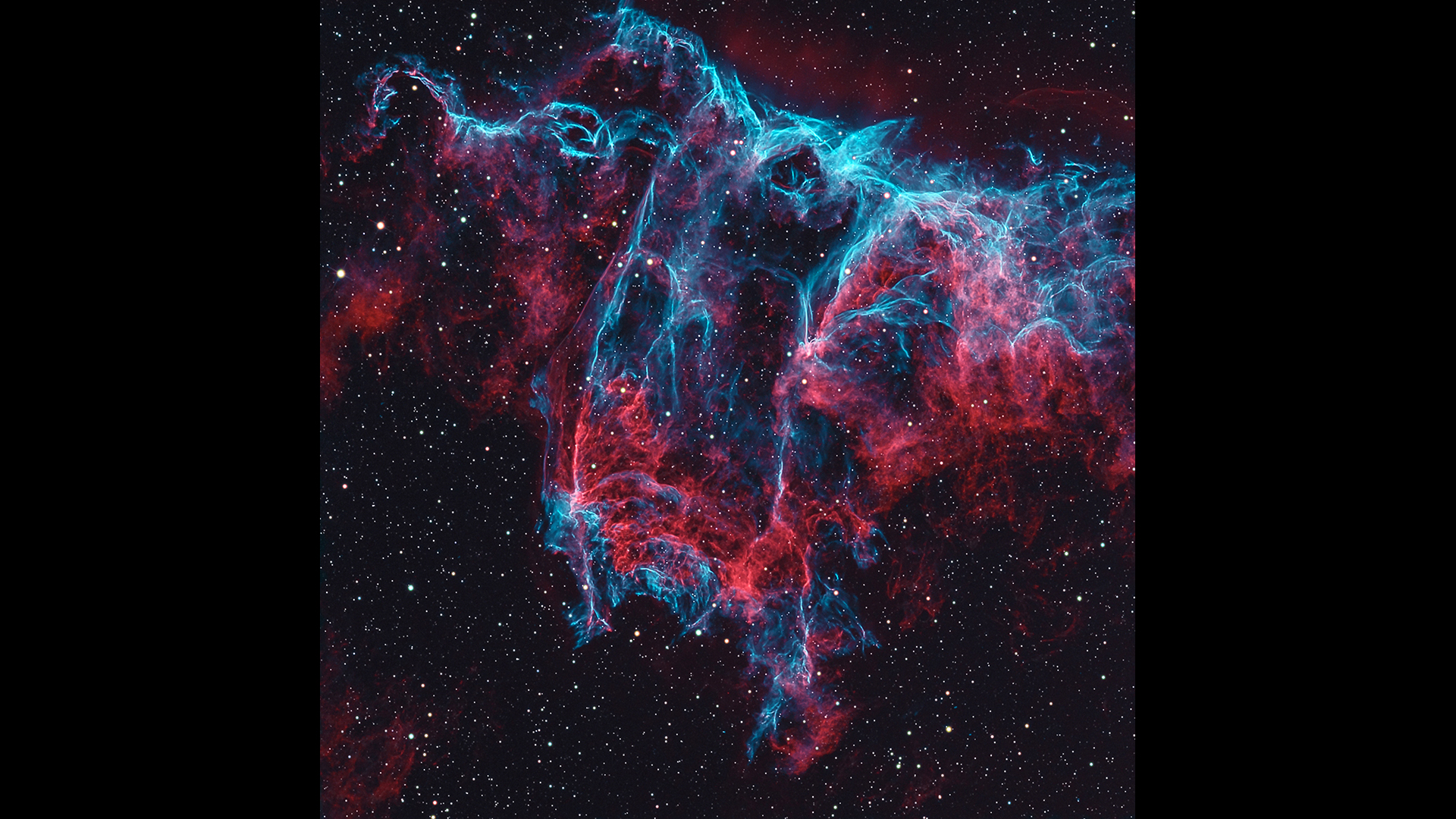
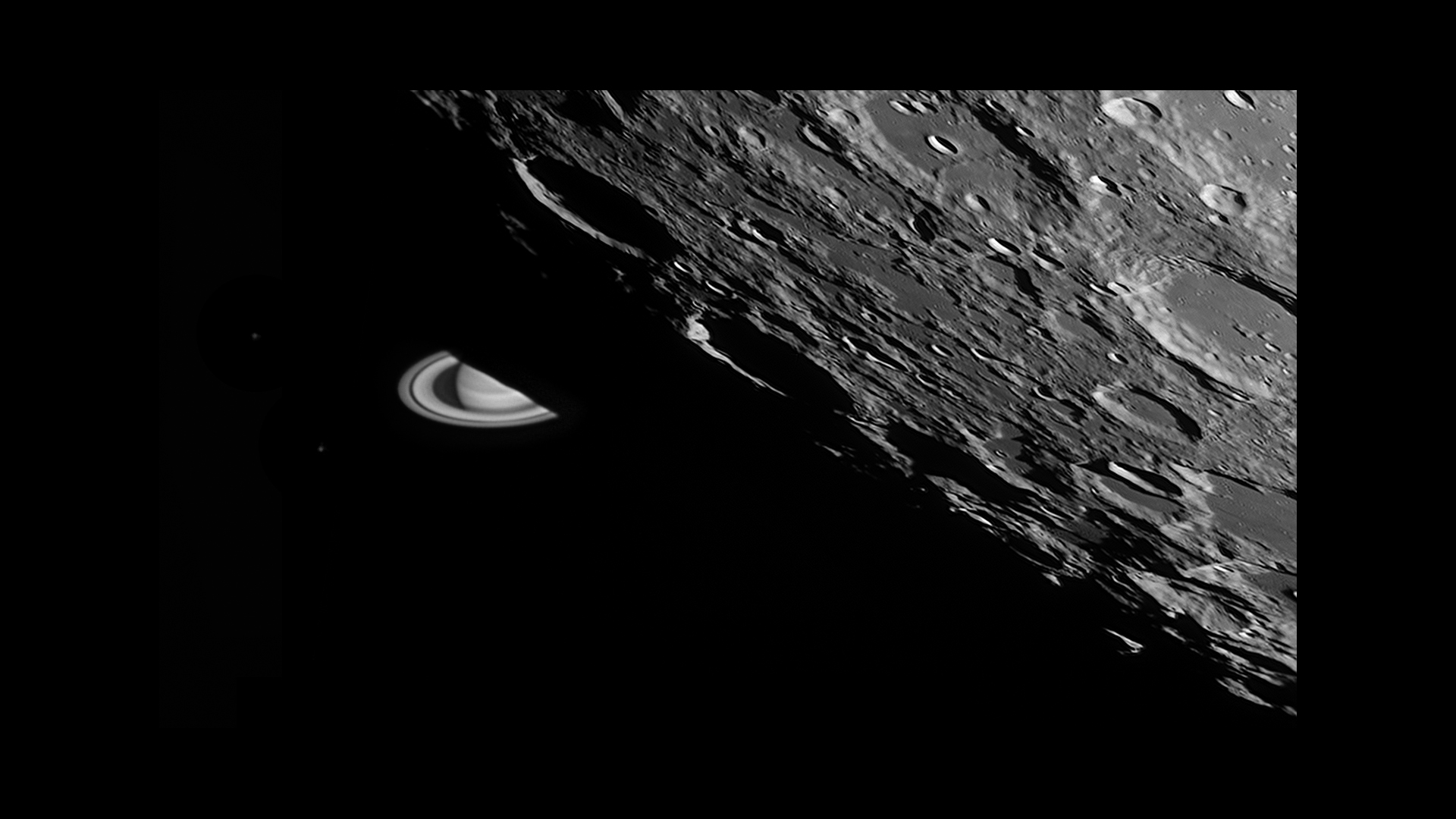
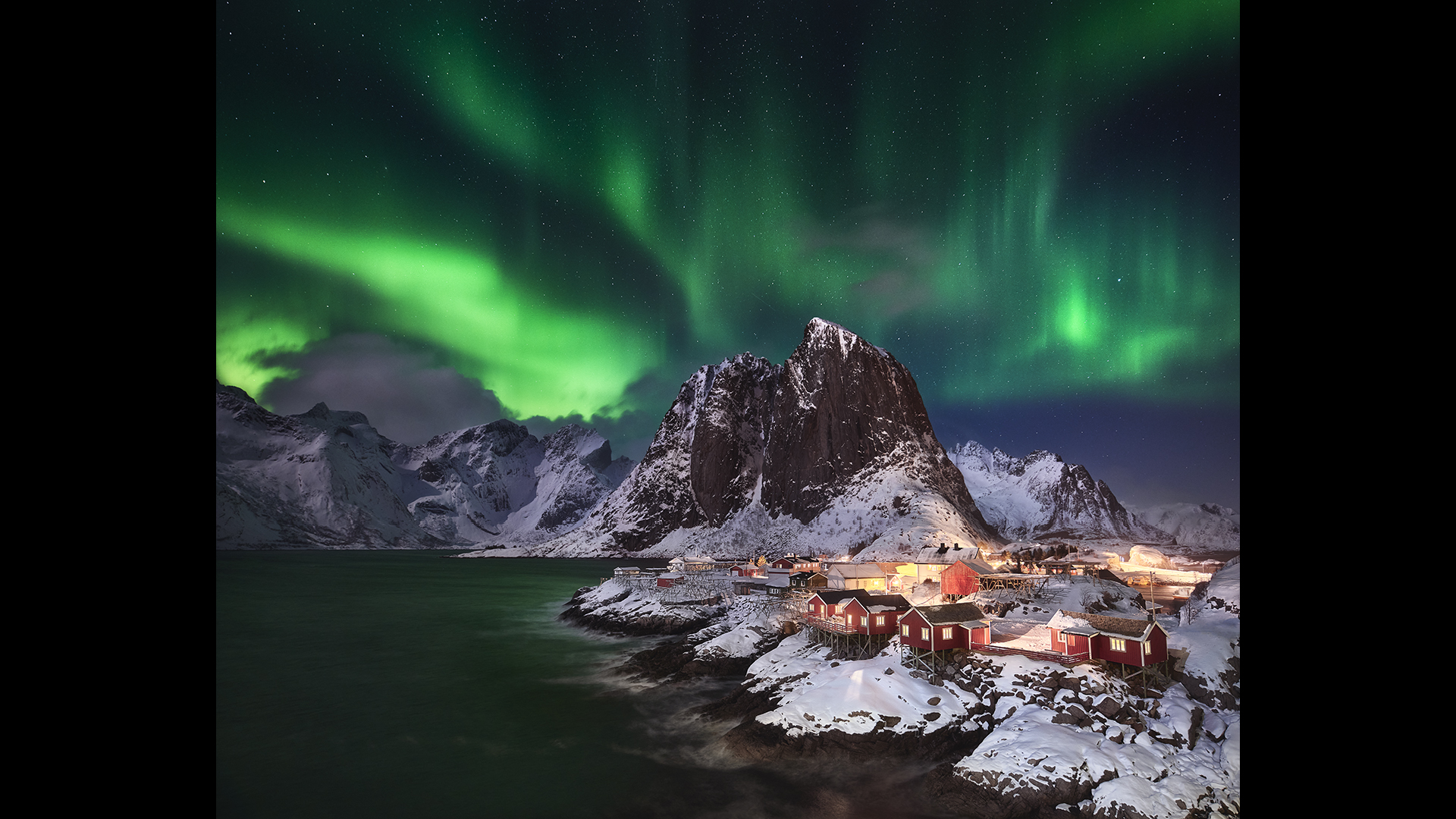
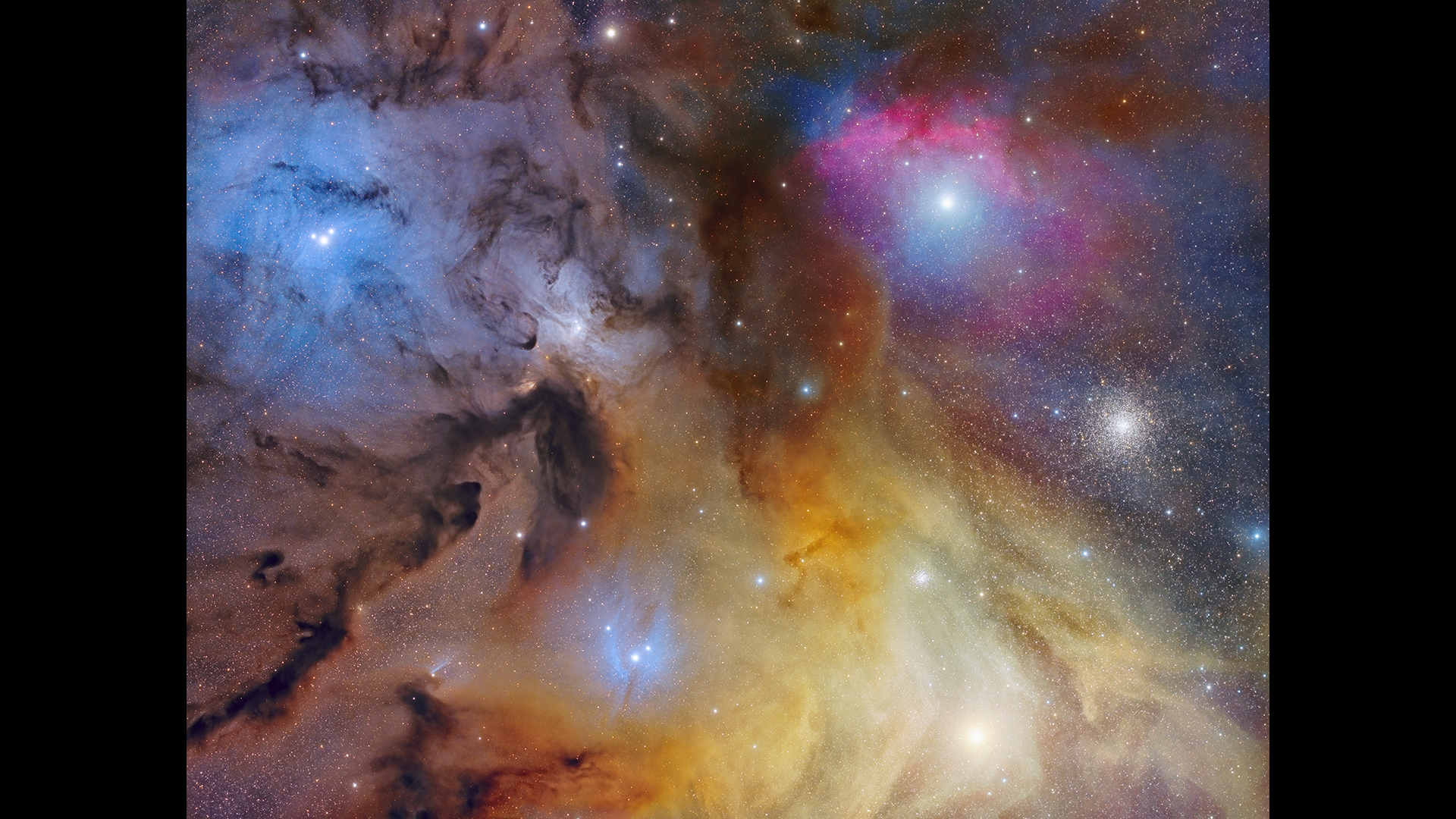
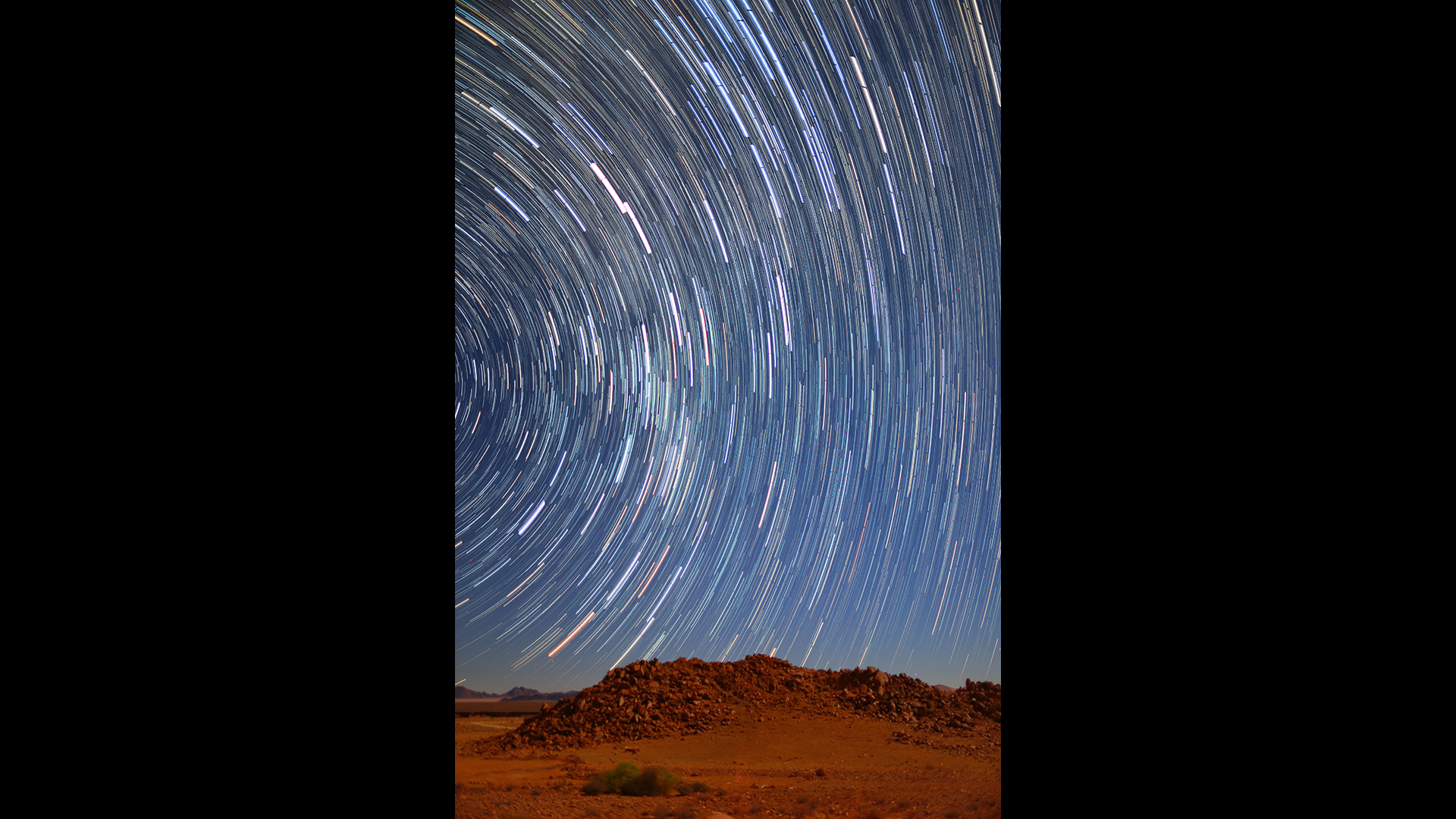
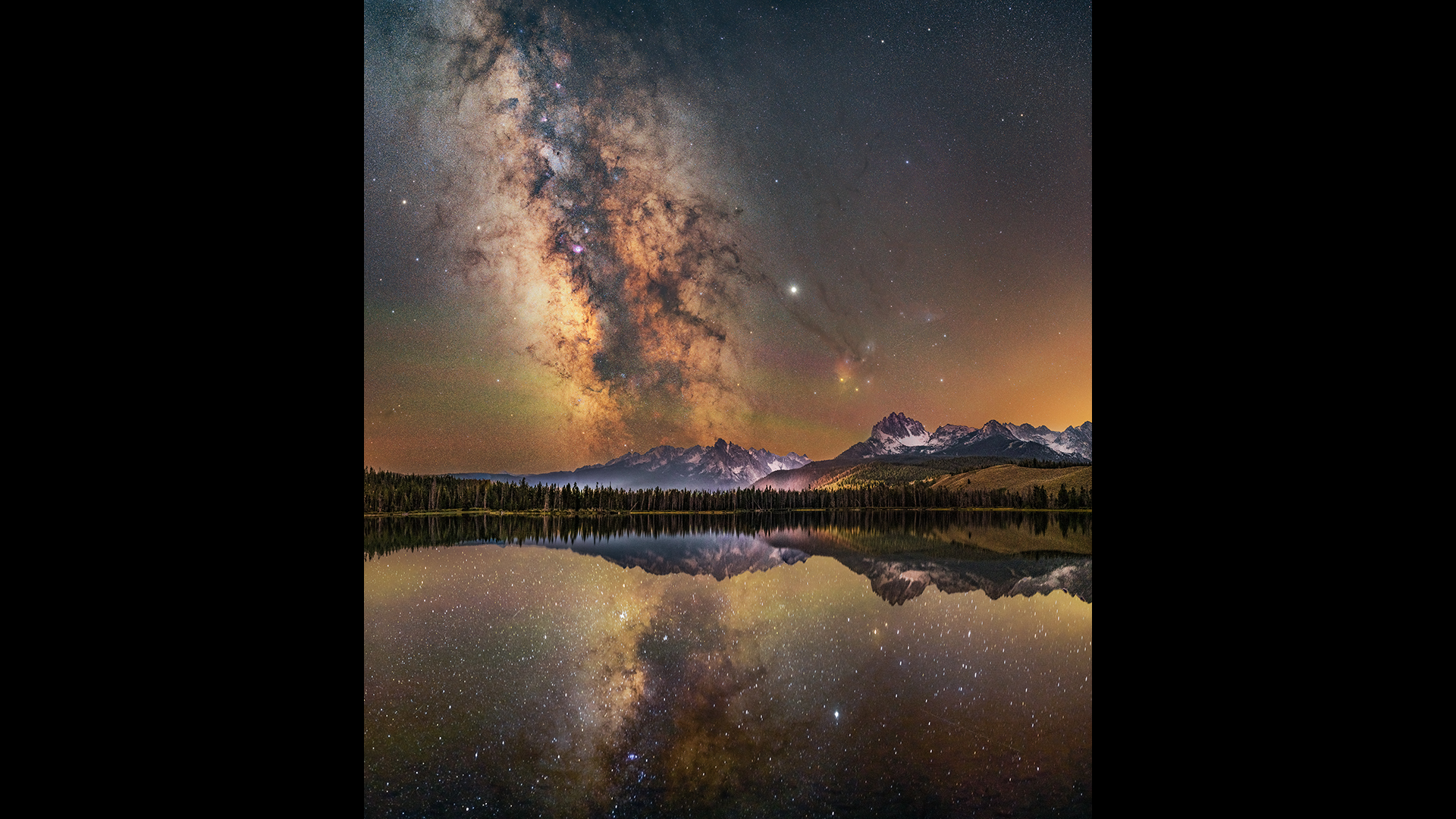
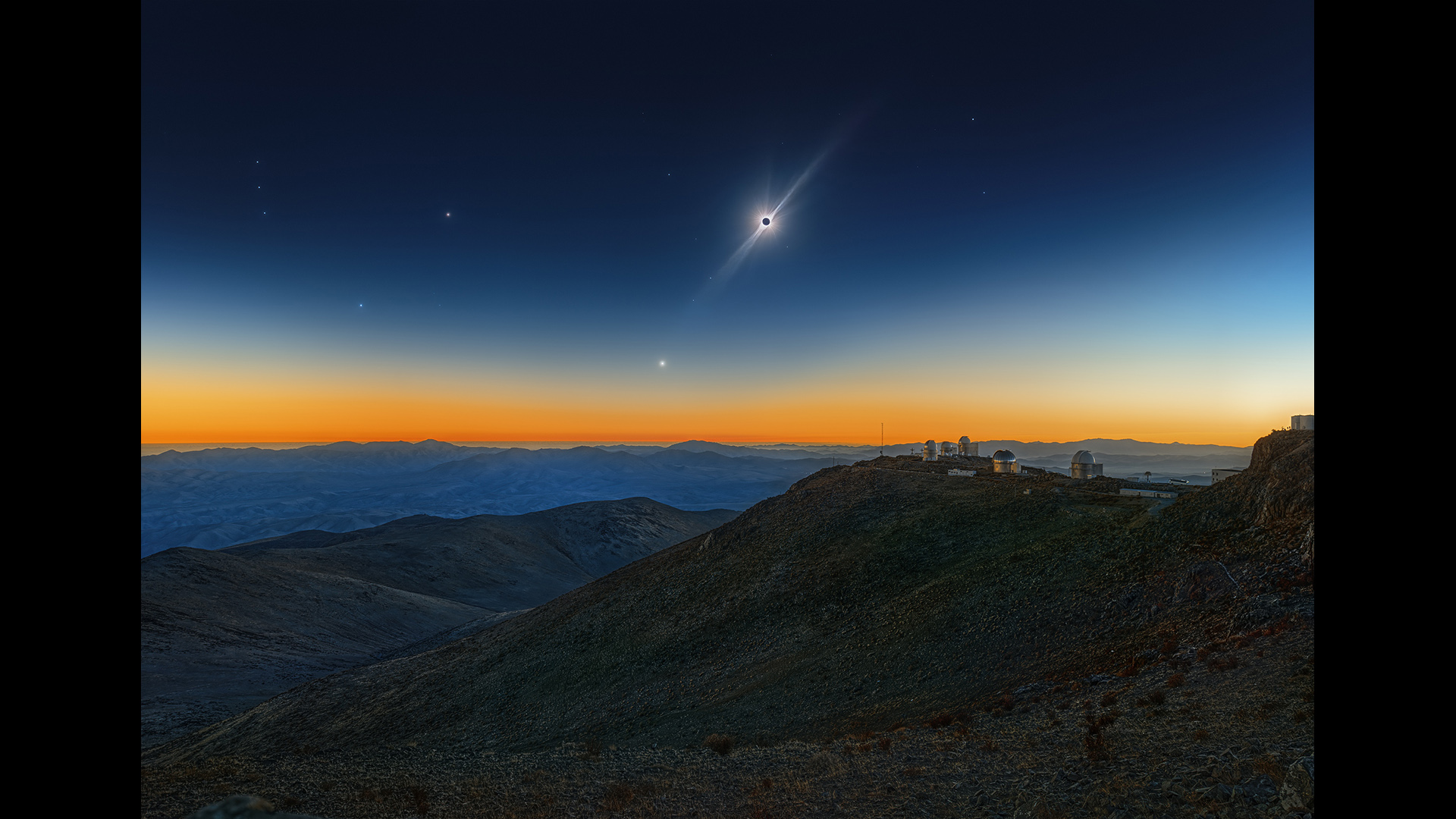
"Astronomy is one of the most accessible sciences, and everyone has looked up at the night sky at one time or another and wondered what is out there in the cosmos," contest judge and Royal Observatory Greenwich Astronomer Emily Drabek-Maunder said in the statement. "Astrophotography bridges the gap between art and science, highlighting the natural beauty of our universe."
Contest winners will be announced on Sept. 10, and those photos will be displayed in the National Maritime Museum in Greenwich, London, beginning in October, according to the statement.
Originally published on Live Science.

Mindy Weisberger is an editor at Scholastic and a former Live Science channel editor and senior writer. She has reported on general science, covering climate change, paleontology, biology and space. Mindy studied film at Columbia University; prior to Live Science she produced, wrote and directed media for the American Museum of Natural History in New York City. Her videos about dinosaurs, astrophysics, biodiversity and evolution appear in museums and science centers worldwide, earning awards such as the CINE Golden Eagle and the Communicator Award of Excellence. Her writing has also appeared in Scientific American, The Washington Post and How It Works Magazine. Her book "Rise of the Zombie Bugs: The Surprising Science of Parasitic Mind Control" will be published in spring 2025 by Johns Hopkins University Press.









